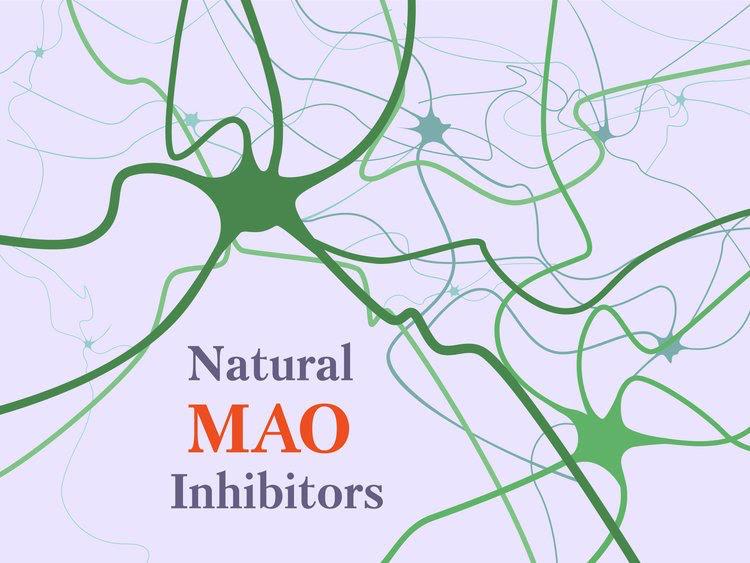MAO stands for monoamine oxidase.
It's an enzyme that breaks down certain neurotransmitters in the brain like dopamine, serotonin, and dimethyltryptamine. All of which are crucial to brain function in various ways.
There are actually 2 types of MAO in the body, and although similar, have different preferences for the monoamines they break down (deaminate). MAO-A, and MAO-B.
